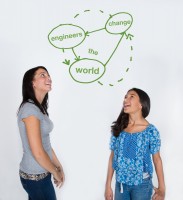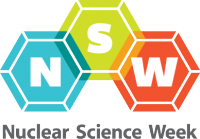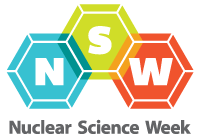Nuclear Education and COVID-19
The COVID-19 pandemic hit the United States on a wide basis in March of this year, and life as we knew it changed. “Social distancing” and “essential workers” entered the jargon and working from home for many became the norm.
The number of remote meetings skyrocketed, and various companies have seen that business can be conducted without having employees in the office.
For universities, distance learning has been common for a while now, but with COVID it has become essential.
Nuclear News asked some nuclear engineering professors about how their programs have been dealing with the pandemic. We posed three questions and asked for responses to any or all of them:
How has COVID affected your NE program, and what have you learned from the experience?
Has your NE program been able to contribute to your university’s broader COVID response (e.g., through research or volunteer programs)?
What opportunities or challenges do you foresee in the next year for your program and your students?
The following are responses received by NN.






 The impact of the COVID-19 pandemic on universities has been wide-ranging, as it has forced remote learning across campuses, with a few exceptions.
The impact of the COVID-19 pandemic on universities has been wide-ranging, as it has forced remote learning across campuses, with a few exceptions. Founded by the National Society of
Founded by the National Society of 

 Wednesday during National Nuclear Science Week is devoted to the topic of Nuclear Energy. Do you know how we use the energy obtained by splitting the atom to produce the electricity that charges up your phone, powers your TV and router, and lights your way? Click on the link below to see the basics.
Wednesday during National Nuclear Science Week is devoted to the topic of Nuclear Energy. Do you know how we use the energy obtained by splitting the atom to produce the electricity that charges up your phone, powers your TV and router, and lights your way? Click on the link below to see the basics.